Affiliate links on Android Authority may earn us a commission. Learn more.
How OEM skins benefit stock Android
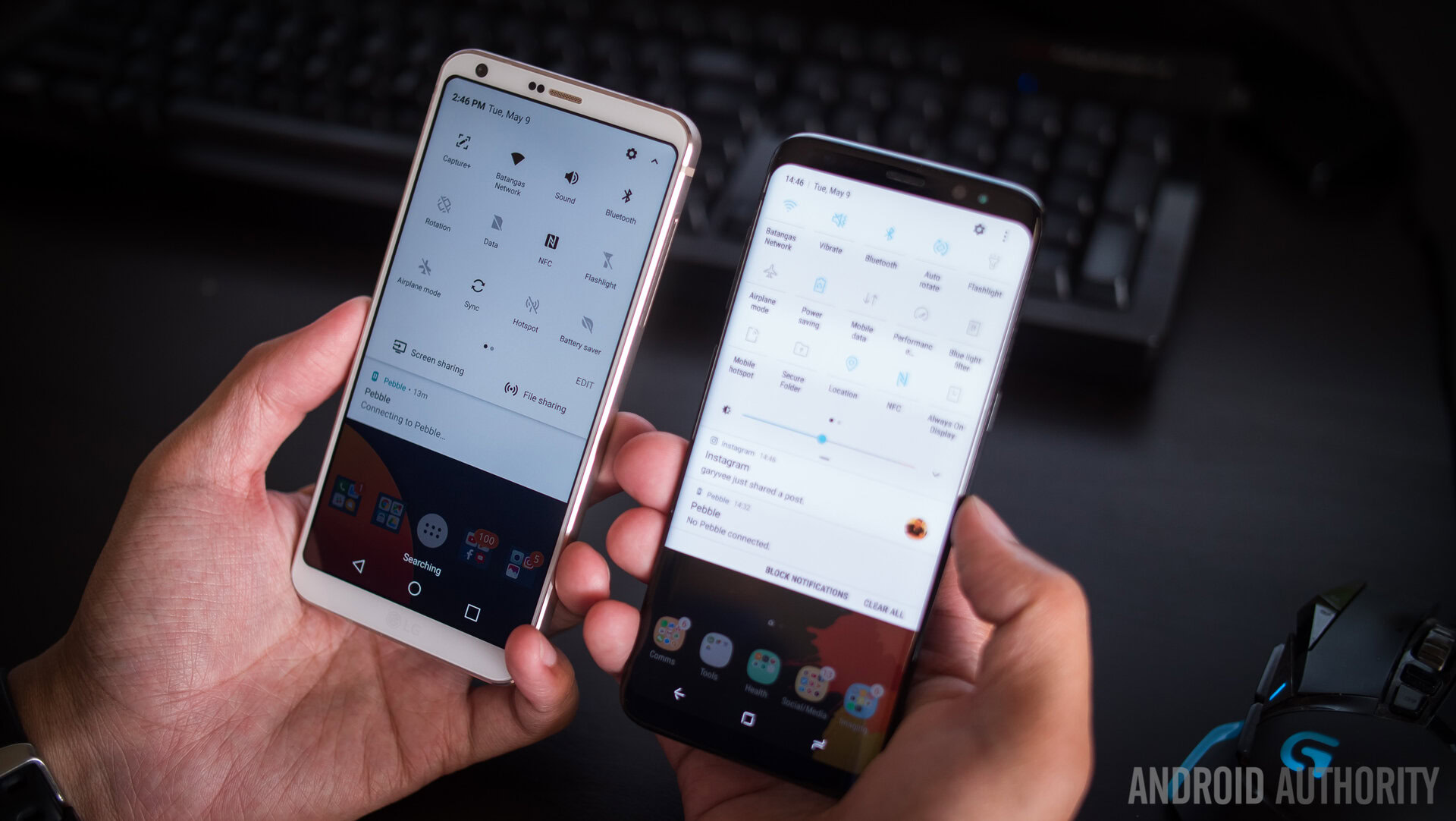
We all have our own reasons for loving Android, ranging from our favourite OEMs design language to a great feature that can’t be found elsewhere, or perhaps just a great value price point. This is mostly thanks to some healthy competition and a sprinkling of strong product diversity. But this isn’t just true for hardware, Android software can be just as diverse, as OEMs attempt to put their own spin on things in a bid to stand out. Some more successfully than others, it has to be said.
Love them or loathe them, various OEM skins have enhanced and even innovated enough on stock Android to even become incorporated as key features in future versions. Despite the odd disaster, on the whole custom OEM skins and software have been a good thing for the broader ecosystem. Here are just some of the ways that OEM skins have benefited stock Android.
Notification toggles and quick settings
To start our trip we’ll go all the way back to the days of Gingerbread, that’s all the way back to Android 2.3 for those who prefer to deal in version numbers. We may take them for granted today, but notification toggles – the speedy way that you quickly turn your WiFi or Bluetooth on and off – and other quick settings haven’t always been within such easy reach.
This feature actually made its debut courtesy of Samsung. It first appeared in the company’s Touchwiz 4.0 software built on Gingerbread, and the same feature wasn’t supported by Google until the launch of Ice Cream Sandwich (Android 4.0). That’s not a massively long gap between the two, but Samsung was a good year ahead of Google on this one.
We should also give a hat tip to the rooting community too here, as they were also ahead of the curve and brought this particular feature to a wide range of devices before it was officially a core feature of Android too. I’m sure many of you veterans will fondly remember rooting and/or installing apps in order to stick convenient toggle buttons in your notification tray. Power Toggles anyone?
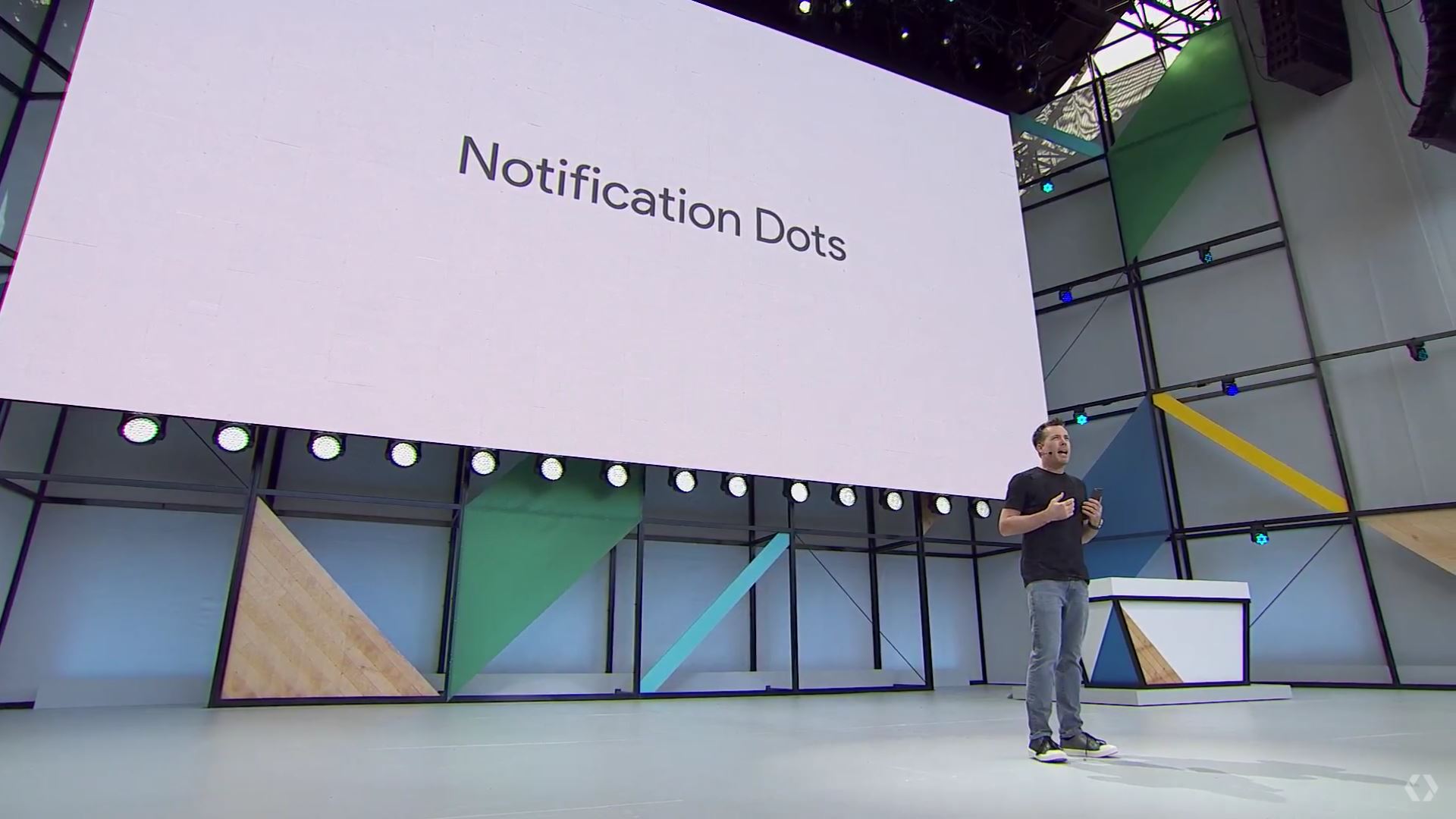
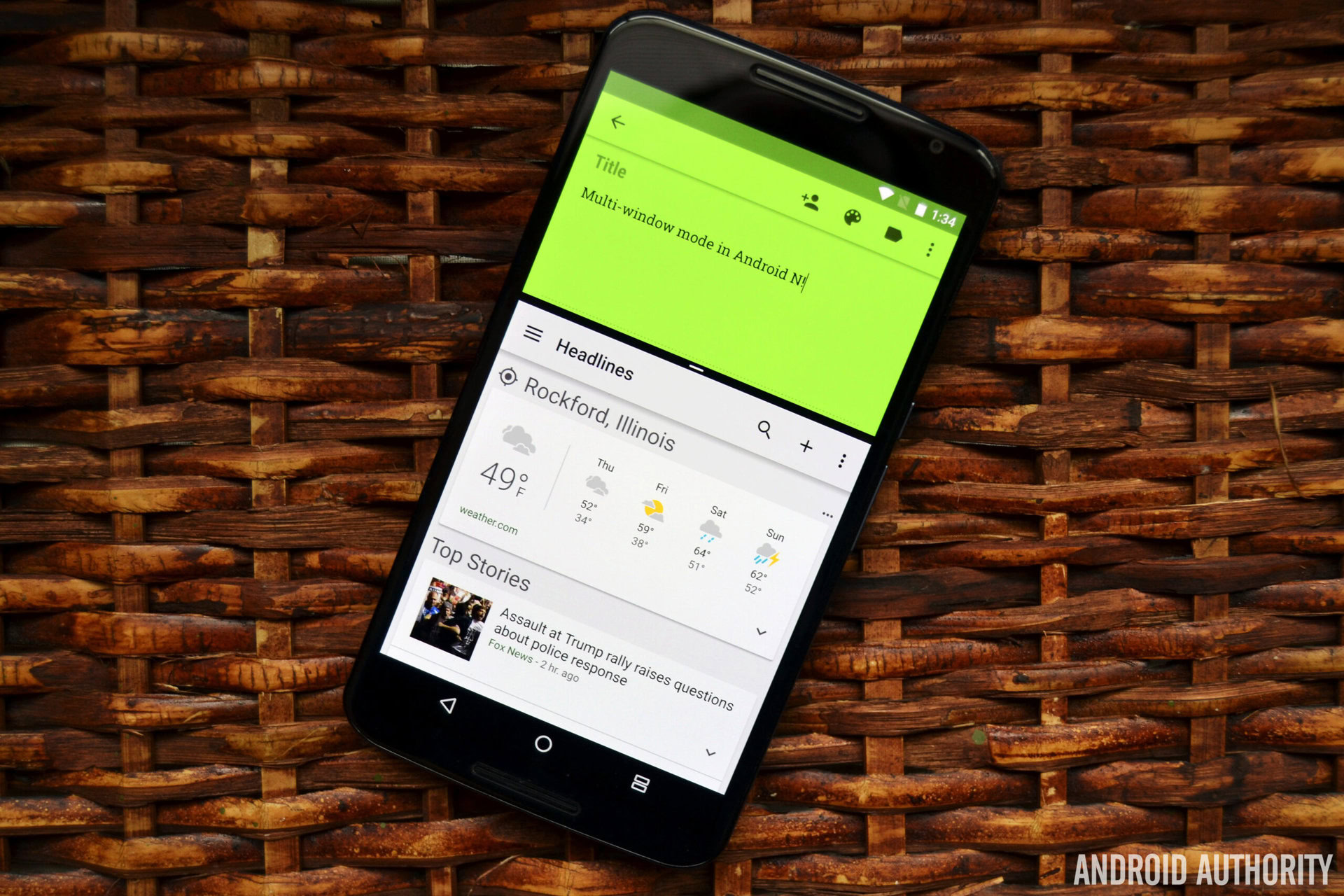
Multi-window
Heavy multi-taskers would probably struggle to get by without multi-window support these days, and it’s now considered an important enough feature to finally be included in the AOSP as of Android 7.0 Nougat. However, multi-window is much much older than that, and a number of OEMs have included such a feature for years. Even Google talked about the idea back in the Honeycomb tablet days.
The two most prominent OEMs supporting multi-window tools have been LG and Samsung. LG debuted its version of multi-window, known as split-view, back with the G3. Samsung introduced its version of Multi-Window even earlier, at the launch of the Galaxy S3. Although it should be noted that app support was much more limited in the features’ early days than it is now. This is certainly a piece of software that has improved with time.
Interestingly, Samsung is still ahead of the curve when it comes to multi-window support, having also long including the ability to resize floating windows as well, which is particularly handy for Note users. LG also equipped many of its flagships with a similar technology called QSlide, which appeared all the way back with the Optimus G. Code for this feature has been spotted in core Android too, under the name Freeform Mode, but isn’t officially supported just yet.
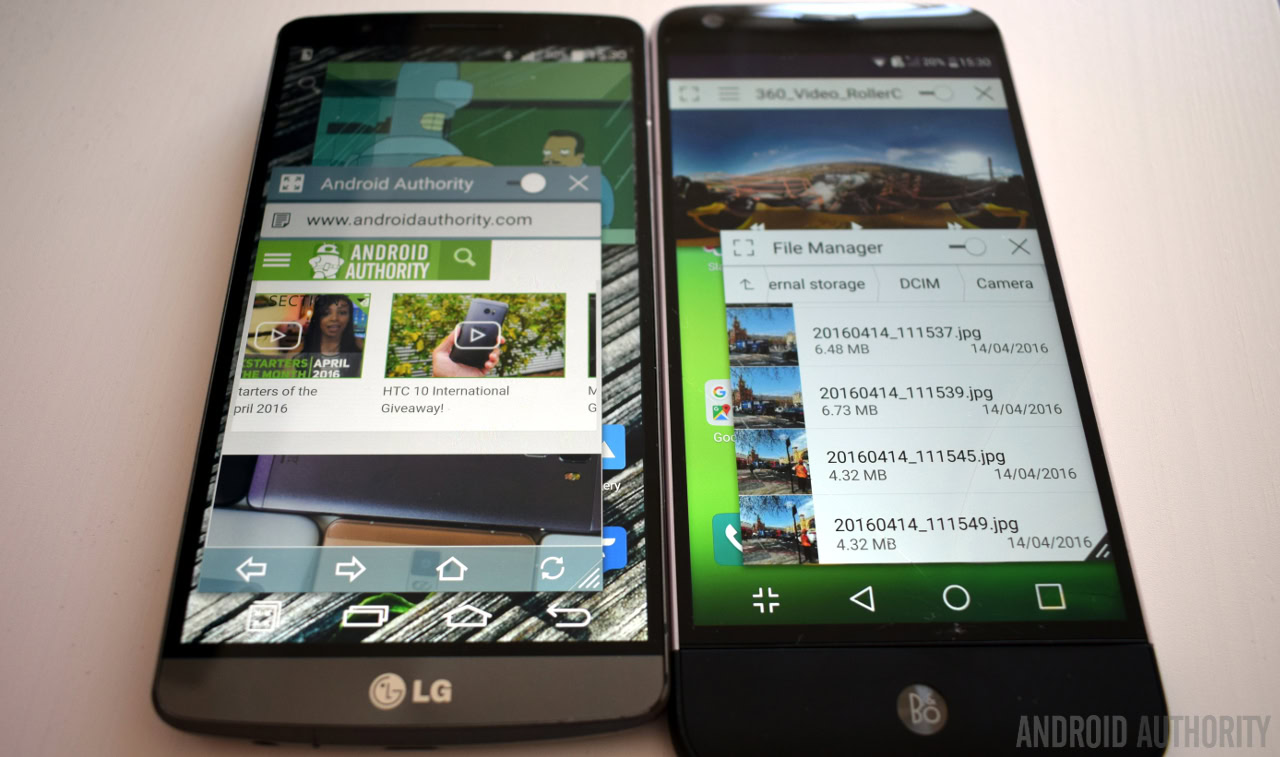
Miracast and content streaming
Google’s Chromecast is the company’s most successful hardware product and has brought cost effective smart TV features and content streaming to a huge number of consumers. Casting is now an integrated part of Android and even Google’s Chrome browser. Although Chromecast and “casting” might now be household names, this technology actually just Google’s take on a bigger and older industry standard – Miracast.
Miracast is a peer-to-peer wireless screencasting standard that uses Wi-Fi Direct connections to transfer audio and video data to another compatible device, usually a Wi-Fi enabled TV. Miracast has been supported in Android since version 4.2 and was quickly adopted by a wide range of OEMs, despite being dependant on OEMs implementing compatible hardware and software. A number of OEMs actually supported this technology before it was baked into stock Android too, including Samsung’s Galaxy S3 and Note 2, which ran Android 4.1 out of the box.
Chromecast, on the other hand, uses an HDMI port, allowing it to be connected to devices that don’t normally support streaming. and also allows devices to multitask while streaming content. I should point out that Chromecast is not based on Miracast technology, so it’s not a like for like comparison. However, by supporting Miracast and Wi-Fi streaming in the early years, OEMs have certainly helped content streaming become a livingroom phenomenon.
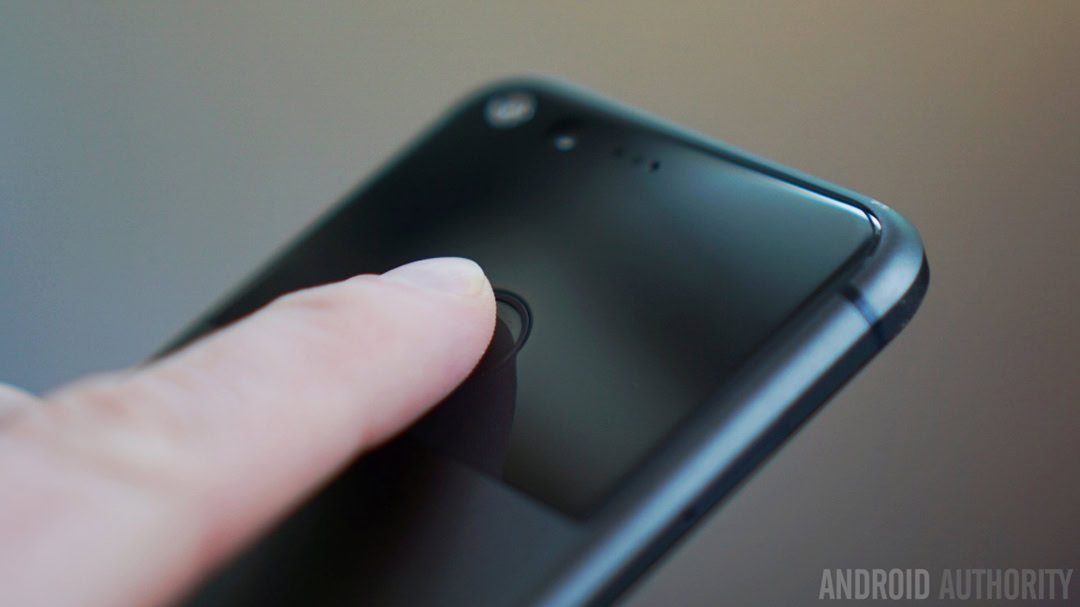
Fingerprint Scanner API
Much like casting, fingerprint scanners are now viewed as an almost essential feature in today’s Android phones and software support is now firmly embedded in stock Android. However, Google itself didn’t do all of the work on the fingerprint API that is now being used to secure a wide range of apps.
Much of the early work on fingerprint technology came from Samsung and LG, in order to keep up with Apple’s iPhone. Samsung debuted its first fingerprint scanner inside the Galaxy S5, which shipped with Android 4.4.2 KitKat.
Due to this being an OEM specific implementation, the Galaxy S5 and the Note 4 only worked with Samsung’s in-house fingerprint API designed specifically for its hardware. The universal Fingerprint API wasn’t introduced into core Android until 6.0 Marshmallow, due in no small part to the cooperation of a number of OEMs. Thankfully, support in stock Android meant that software developers didn’t have to use OEM specific SDKs anymore in order to support the feature. Now all Android devices with a fingerprint scanner use the same API, making it much easier for developers to create supported apps.
From originally just using your finger to unlock your phone, continued development now means that we can use our fingerprint to verify financial transactions and log into a variety of apps.
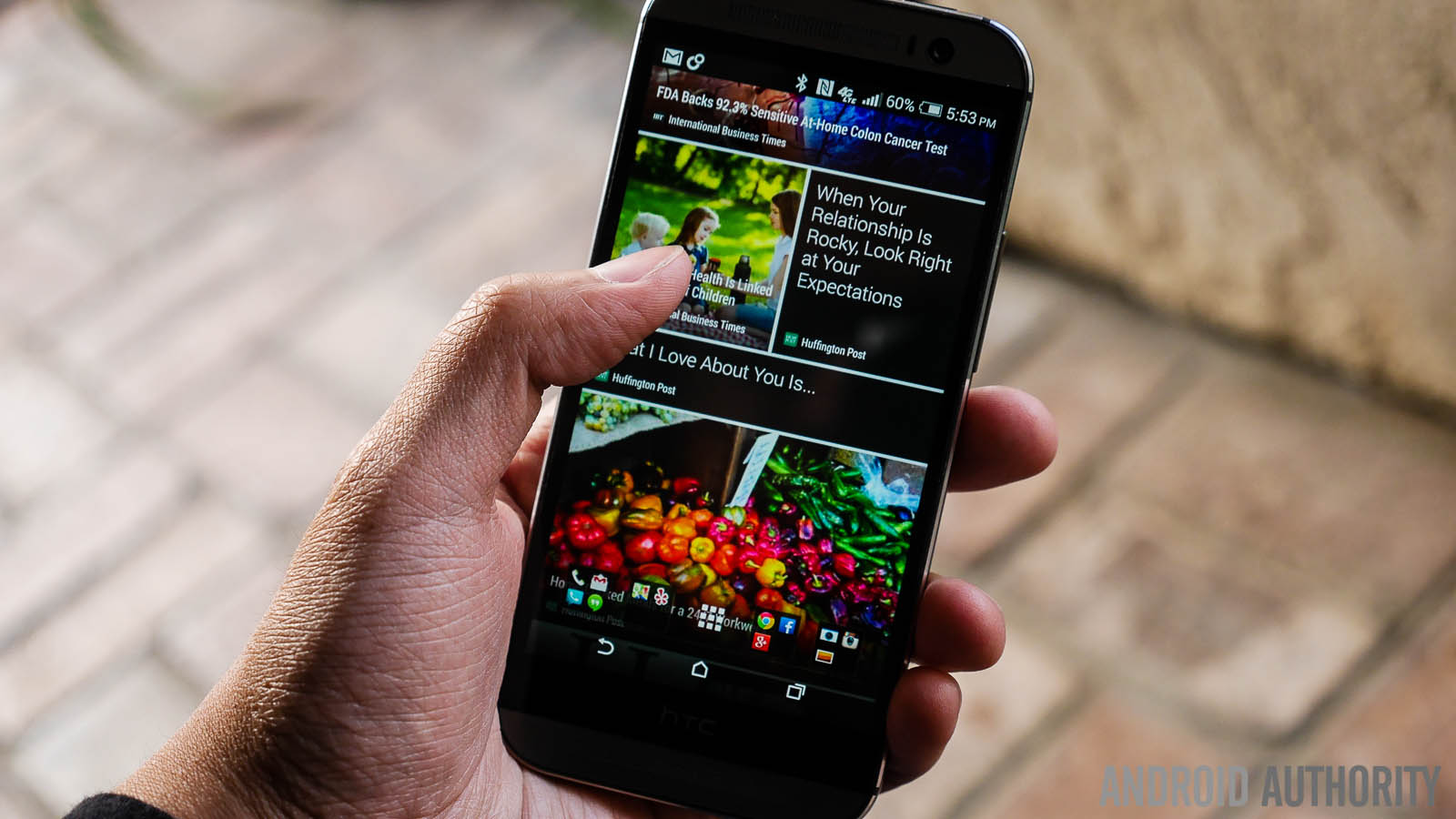
Full screen app pages
Collecting a wide range of app data onto a single page is now a staple of many an Android OEM skin, and often extends to include fitness data and social media updates, as well as news from various sources. Modern examples include Samsung’s Bixby Home and the Google Launcher, but the pioneer of this particular feature as part of a stock experience was HTC’s Blinkfeed.
Blinkfeed first appeared inside the HTC One M7, which was on the scene way before Google implemented a similar idea inside its stock launcher. Other OEMs were also pretty early on this bandwagon, Samsung offered up news pages on its flagship phones via Flipboard Briefings, which came preinstalled on some Galaxy S6 and S7 handsets.
LG also introduced a similar idea called the “Smart Notice” widget with the G3, that attempted to provide additional information about traffic, weather, and memos. This type of data collation and contextual information wasn’t always hugely useful at the time, but in a way it was also a precursor to today’s increasingly popular virtual assistants.
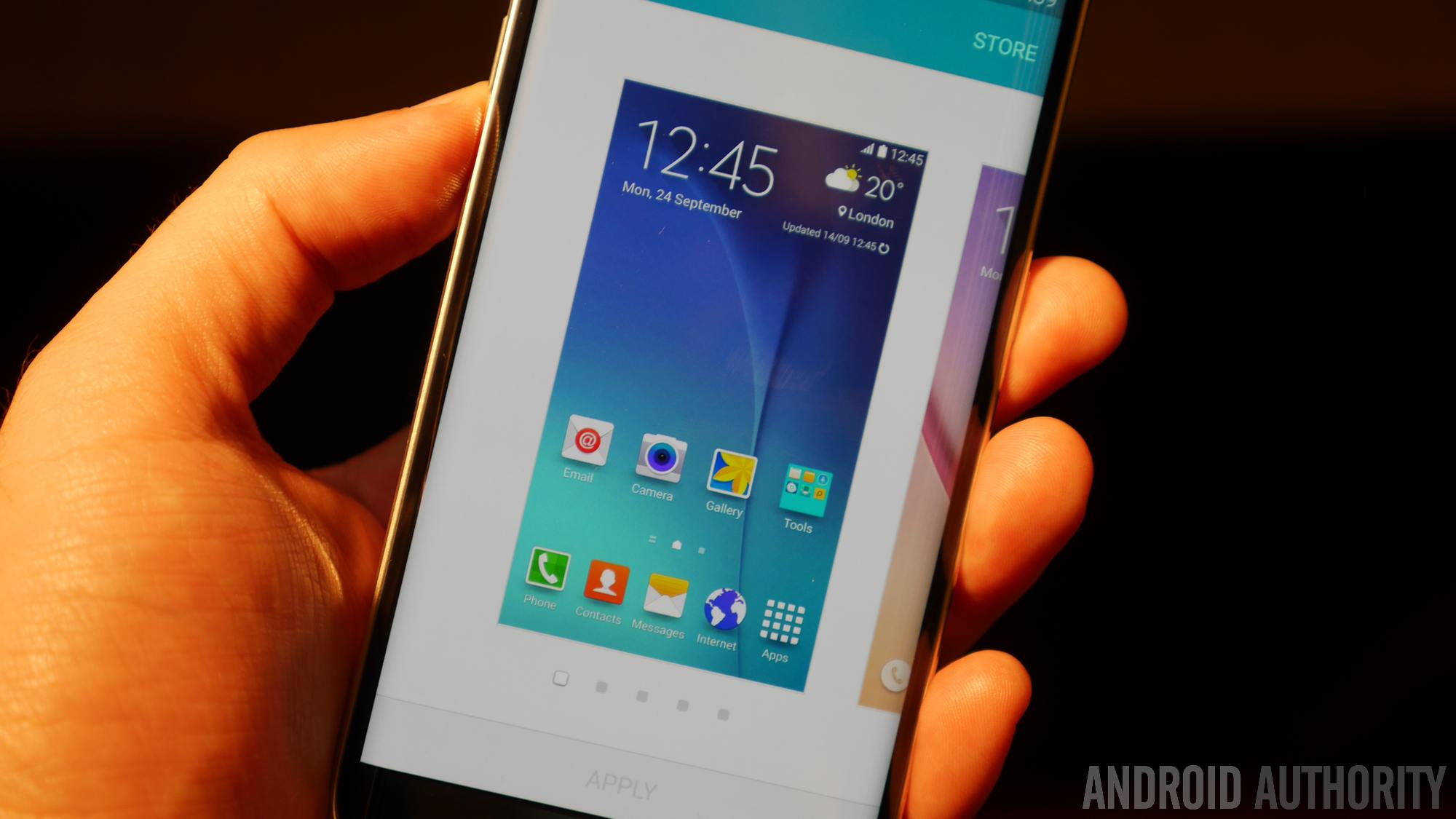
Themes glorious themes
Now we all know that various OEMs have tweaked the look and feel, as well as the features, of stock Android to help make their software look more distinctive. While opinions about aesthetics will always fall prey to individual tastes, some OEM efforts in the theming space have had a bigger impact on the scene than just introducing their various flavor.
I’m talking about the Runtime Resource Overlay (RRO), or Layers as it’s also known, which is used by a number of ROMs for their theme engines, including Sony’s Xperia, CyanogenMod, and a selection of other custom ROMs. The Runtime Resource Overlay was originally developed by Sony in order to support its Xperia Themes options because stock Android, which was on Lollipop at the time, didn’t provide adequate capabilities.
After some revisions to security, Sony’s Runtime Resource Overlay was eventually merged into stock Android. As a result, all OEMs now have access to these customization tools, even though Google still doesn’t use or publicise the feature. Samsung, LG, HTC, and others are all using at least part of RRO for their theme engines, making it perhaps one of the largest concealed contributions to the way that modern OEM launchers look and function.

Wrap Up
Clearly, there have been plenty of instances throughout Android’s history where OEMs have implemented major firsts ahead of stock Android, which in time have become core components of the OS itself. Likewise, stock Android has undeniably shaped the way that OEMs implement certain features for the better too. And this is just a short list of some of the major examples.
Even those who prefer the look or clutter free nature of stock Android surely can’t deny that OEM features and software have had a positive impact on many aspects and features of stock Android. Whether this is as superfluous as as themes or button placements, right through to the deeper APIs and software that we all now use everyday. They’re an essential part of the ecosystem, even if certain models or skins aren’t to everyone’s tastes.
It might be a tired message at this point, but the fierce competition in the Android market has been a major benefit to the ecosystem as a whole. Don’t you think?